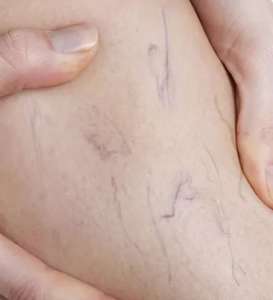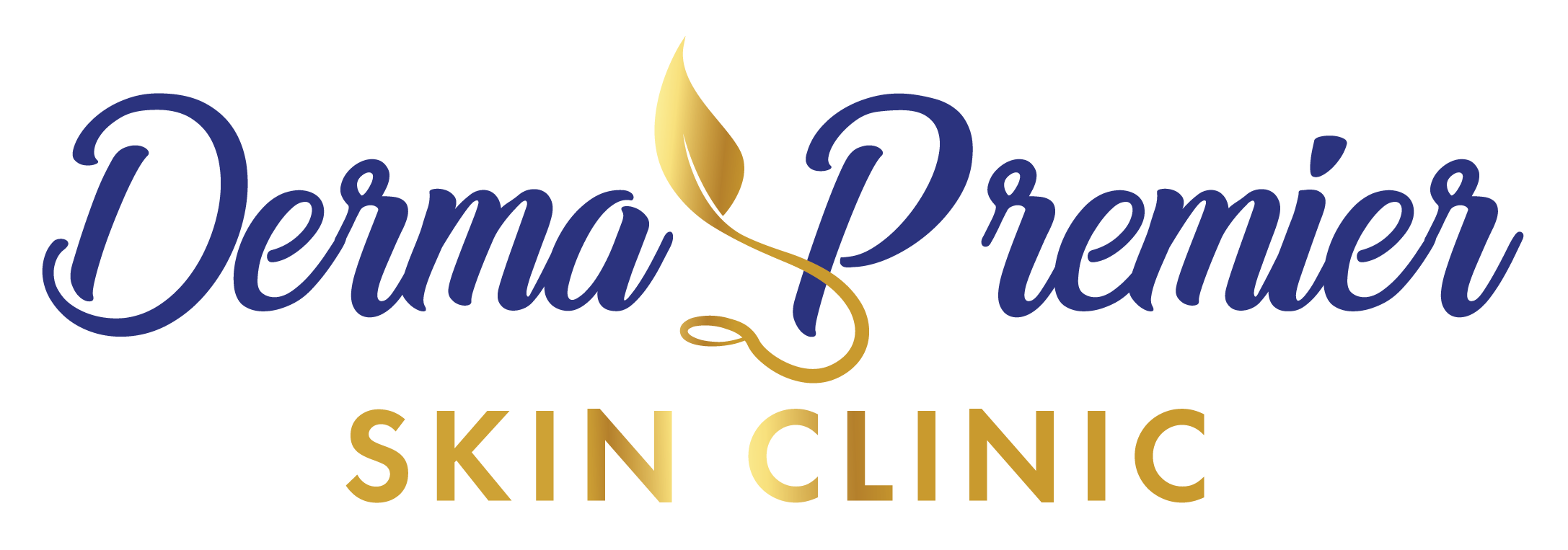 Varicose Veins
Varicose Veins
Varicose veins are dilated enlarged veins. The veins most commonly affected are those in your legs and feet. That’s because standing and walking upright increases the pressure in the veins of your lower body.
For many people, varicose veins and spider veins — a common, mild variation of varicose veins — are simply a cosmetic concern. For other people, varicose veins can cause aching pain and discomfort. Sometimes varicose veins lead to more-serious problems.
Causes of varicose veins can include:
-
Age. As you get older, your veins can lose elasticity causing them to stretch. The valves in your veins may become weak, allowing blood that should be moving toward your heart to flow backward. Blood pools in your veins, and your veins enlarge and become tortious and dilated. The veins appear blue because they contain deoxygenated blood, which is in the process of being recirculated through the lungs.
-
Pregnancy. Some pregnant women develop varicose veins. Pregnancy increases the volume of blood in your body, but decreases the flow of blood from your legs to your pelvis. This circulatory change is designed to support the growing fetus, but it can produce an unfortunate side effect — enlarged veins in your legs. Varicose veins may surface for the first time or may worsen during late pregnancy, when your uterus exerts greater pressure on the veins in your legs. Changes in your hormones during pregnancy also may play a role. Varicose veins that develop during pregnancy generally improve without medical treatment within three months after delivery.
These factors increase your risk of developing varicose veins:
-
Age. The risk of varicose veins increases with age.
-
Sex. Women are more likely to develop the condition. Hormonal changes during pregnancy, premenstruation or menopause may be a factor. Female hormones tend to relax vein walls.
-
Family history. If other family members had varicose veins, there’s a greater chance you will too.
-
Obesity. Being overweight puts added pressure on your veins.
-
Standing or sitting for long periods of time. Your blood doesn’t flow as well if you’re in the same position for long periods.
-
You may also need an ultrasound test to see if the valves in your veins are functioning normally or if there’s any evidence of a blood clot.
Treatments for moderate to severe varicose veins:
-
Sclerotherapy. In this procedure, we inject small- and medium-sized varicose veins with a solution that scars and closes those veins. In a few weeks, treated varicose veins should fade. Although the same vein may need to be injected more than once, sclerotherapy is effective if done correctly.
-
Nd: YAG Laser: we are using new technology in laser treatments to close off smaller varicose veins and spider veins. Laser works by sending strong bursts of light onto the vein, which makes the vein slowly fade and disappear. There are some self-care measures you can take to decrease the discomfort that varicose veins can cause. These same measures can help prevent or slow the development of varicose veins, as well. They include:
-
Some minor instructions to avoid occurance and reccurance: Exercise, get moving; watch your weight, and your diet. Watch what you wear. Avoid high heels. Tight panty-leg girdles, for instance, can cut off blood flow. Elevate your legs. To improve the circulation in your legs, lay down with your legs resting on three or four pillows. Avoid long periods of sitting or standing. Don’t sit with your legs crossed. Some doctors believe this position can increase circulation problems.
